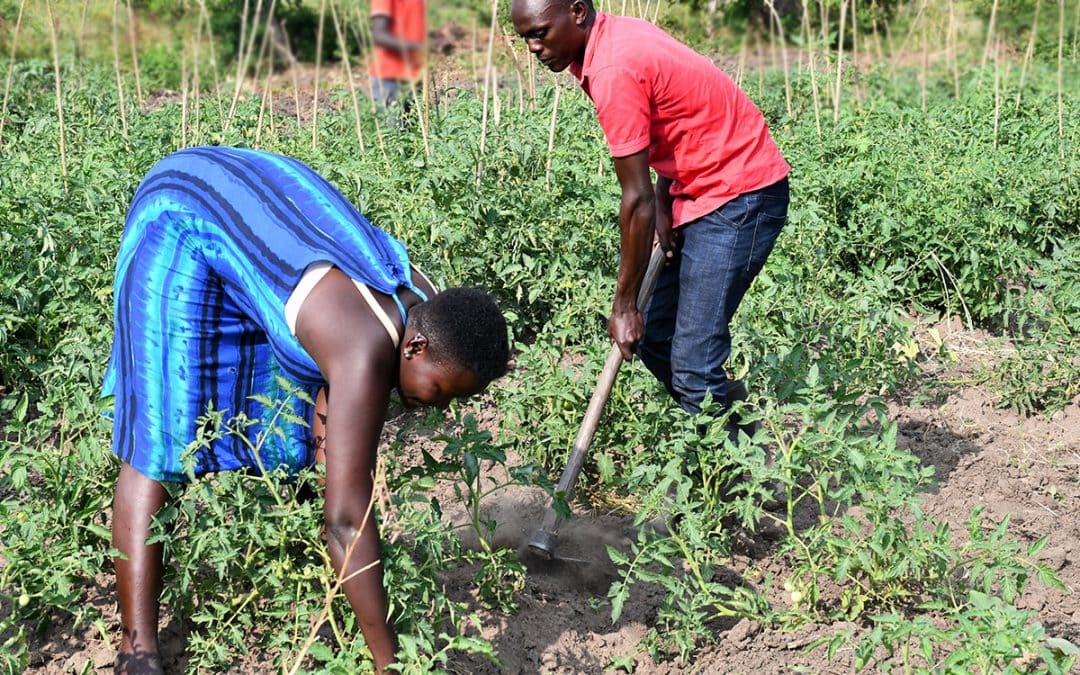Food System Transformation Needs to Work for All: Why Youth in the Semi-Arid Drylands are Underserved in Agriculture
- From
-
Published on
05.07.21

Opportunities and challenges facing African youth especially in the semi-arid drylands have recently become major public policy and research discourses due to the attention stakeholders including researchers, governments, and development partners have given to youth involvement or the lack thereof in agriculture. Although agriculture presents a great potential for employment opportunities for youth in Africa, the same opportunities have not been harnessed due to poor understanding of youth and ineffective policies and strategies for harnessing their potentials. Youth in the dryland function in a complex resource deficit environment; often stereotyped, misunderstood, and with less or no voice in the decisions about their future and livelihood.
Although youths are known in the developed countries as the drivers of development, narratives and the construct of the African youth, links youth to irregular migration, the phenomenon of child and foot soldiers (Alfy, 2016), criminal activities, and the consumption of narcotics and their insertion into hazardous gold panning activities. For all these reasons, young people are portrayed most of the time in many urban settings like in Mali as ‘thé-preneurs’ or ‘thé-chômeurs’- literally, tea-drinking unemployed (White, 2012, p.10). Beyond this dark, stereotypical, and alarmist picture of African youth, rural, young people are enterprising, innovative, market-oriented, and well organized in the provision of services, based on available market opportunities in their immediate environments or the regional centers of their country.
The post Food System Transformation Needs to Work for All: Why Youth in the Semi-Arid Drylands are Underserved in Agriculture appeared first on Grain Legumes and Dryland Cereals.
